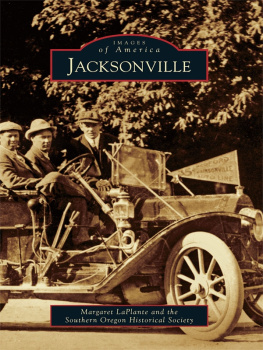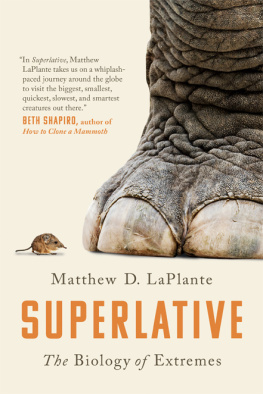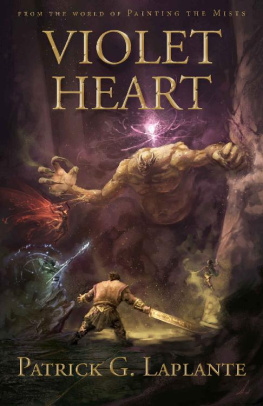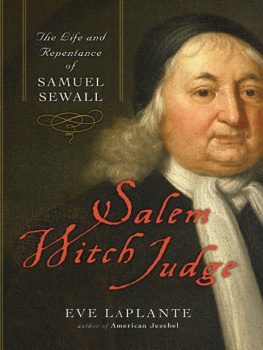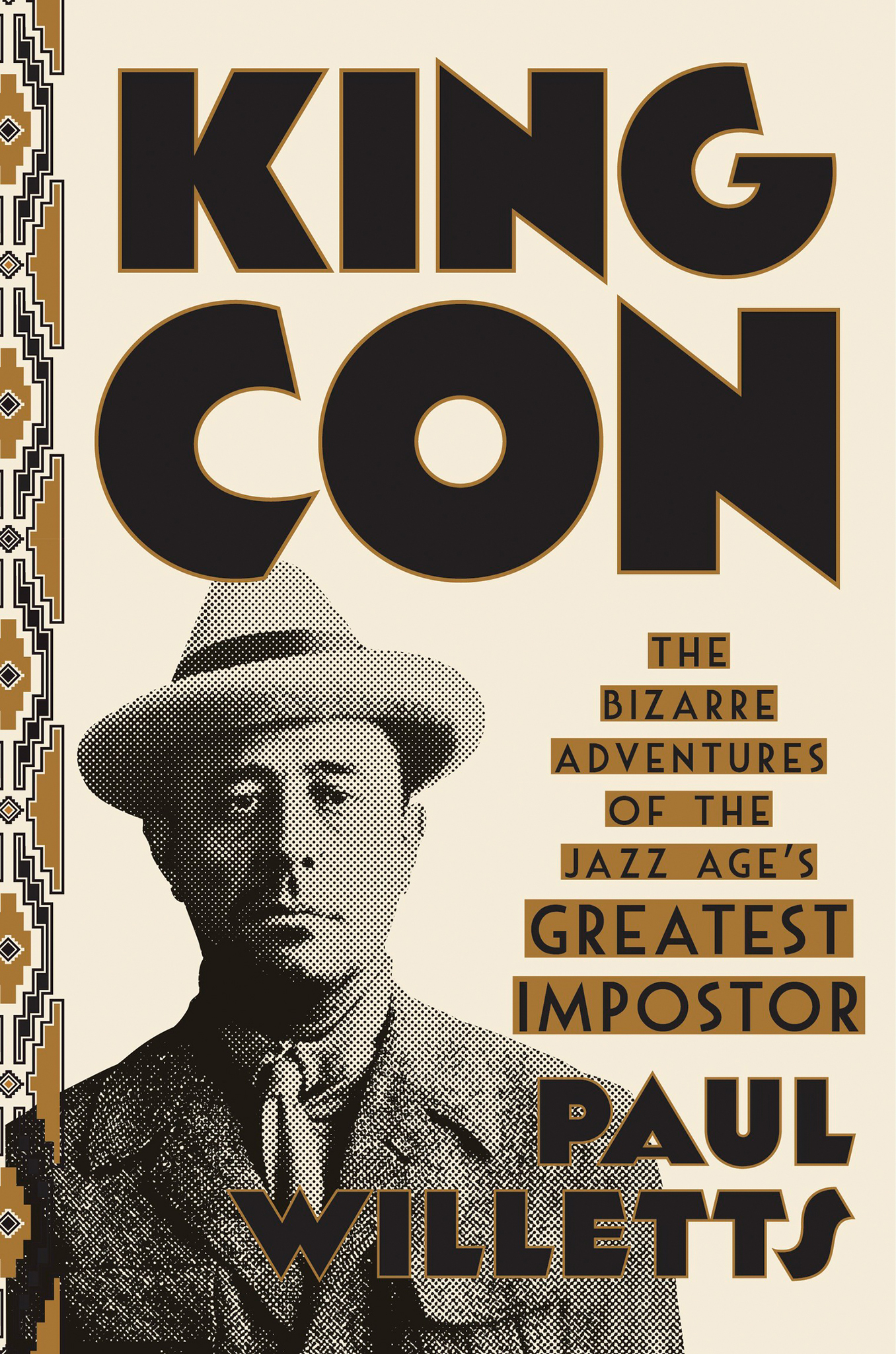Paul Willetts - King Con: The Bizarre Adventures of the Jazz Age’s Greatest Impostor
Here you can read online Paul Willetts - King Con: The Bizarre Adventures of the Jazz Age’s Greatest Impostor full text of the book (entire story) in english for free. Download pdf and epub, get meaning, cover and reviews about this ebook. year: 2018, publisher: Crown Publishing Group (NY), genre: Detective and thriller. Description of the work, (preface) as well as reviews are available. Best literature library LitArk.com created for fans of good reading and offers a wide selection of genres:
Romance novel
Science fiction
Adventure
Detective
Science
History
Home and family
Prose
Art
Politics
Computer
Non-fiction
Religion
Business
Children
Humor
Choose a favorite category and find really read worthwhile books. Enjoy immersion in the world of imagination, feel the emotions of the characters or learn something new for yourself, make an fascinating discovery.

- Book:King Con: The Bizarre Adventures of the Jazz Age’s Greatest Impostor
- Author:
- Publisher:Crown Publishing Group (NY)
- Genre:
- Year:2018
- Rating:3 / 5
- Favourites:Add to favourites
- Your mark:
King Con: The Bizarre Adventures of the Jazz Age’s Greatest Impostor: summary, description and annotation
We offer to read an annotation, description, summary or preface (depends on what the author of the book "King Con: The Bizarre Adventures of the Jazz Age’s Greatest Impostor" wrote himself). If you haven't found the necessary information about the book — write in the comments, we will try to find it.
For the devilishly handsome erstwhile vaudeville singer Edgar Laplante, the summer of 1923 was a prelude to one of the twentieth-centurys most extraordinary adventures--an adventure that would require all his theatrical flair to deliver what would become the most demanding performance of his life. Aided by buckskins and a feathered headdress, Laplante reinvented himself as Chief White Elk: war hero, sports star, civil rights campaigner, Cherokee nation leader--and total fraud.
Under the pretense of recruiting for the military and selling government bonds, Laplante embarks upon a lucrative tour of the United States that attracts enormous crowds, picking up a naive Native American wife along the way to lend a further air of authenticity. Soon Laplante decamps to London to appeal to King George V on behalf of the Cherokee. By 1923 hes absconded to Paris, frequenting its decadent cabarets and rubbing elbows with the likes of James Joyce and Pablo Picasso.
As he moves down to the Riviera, he begins to set his sights on an even bigger mark: a prodigiously rich and glamorous Austrian countess. Laplante takes her as his lover and main benefactor. He cons her out of the equivalent of $42 million in todays currency. The countess bankrolls a lavish tour of Italy, where Benito Mussolinis fascist regime treats him like a visiting monarch. In every city, he tosses crisp banknotes from the window of their limousine to the fans who lay siege to his hotel. Hes now a worldwide celebrity, and all that adulation (plus a spiraling drug problem) has deluded him into believe that he reallyisa Cherokee chief. The noose begins to tighten, as the countesss family intercedes...
King Conis a sumptuous recreation of this incomparably bizarre story. Never previously told in its entirety, Laplantes tale proves that truth reallyisstranger than fiction.
Paul Willetts: author's other books
Who wrote King Con: The Bizarre Adventures of the Jazz Age’s Greatest Impostor? Find out the surname, the name of the author of the book and a list of all author's works by series.

